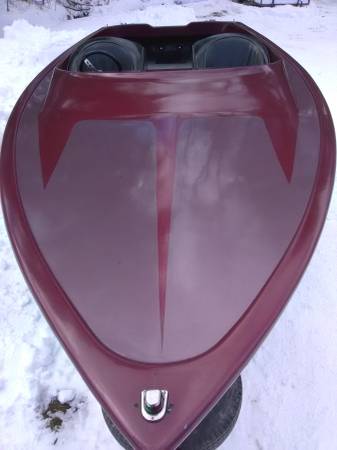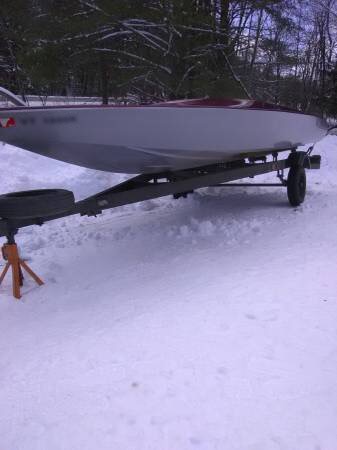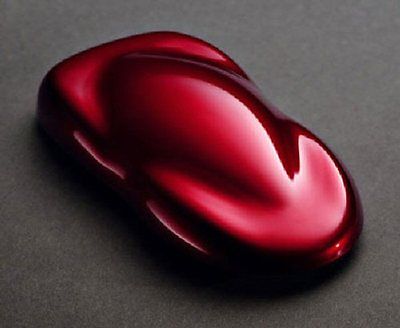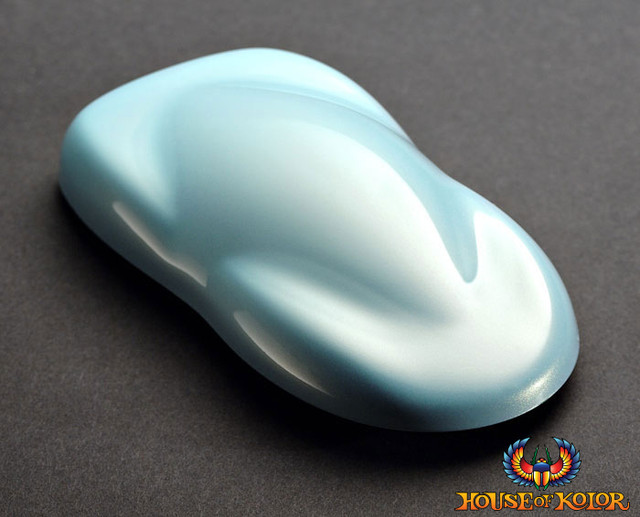James331
Ejection Handle Pulled
- Joined
- Apr 18, 2014
- Messages
- 20,309
- Display Name
Display name:
James331
hey guys,
I'm looking at what I need to buy/read/do for my little 18' speed boat, so far planning on a soda blast and re gelcoat, looking todo it myself
Can I use normal pearl (house of kolors) in the gel coat?
What's the process for doing it? I don't have any gel coat experience, but I have every other week off and I'm looking to hit this thing like a 9-5.
Looking for white bottom paint (along the upper chime), transom and a thin racing stripe, red top and sides, quasi donzi style.
What am I looking at process and equipment wise.

(Yes I'll shave the draggy nav light off and reupholster lol)


House Of Kolor S2-KBC01 Shimirin 2 Candy Brandywine

DP35 Deep Blue Dry Pearl
I'm looking at what I need to buy/read/do for my little 18' speed boat, so far planning on a soda blast and re gelcoat, looking todo it myself
Can I use normal pearl (house of kolors) in the gel coat?
What's the process for doing it? I don't have any gel coat experience, but I have every other week off and I'm looking to hit this thing like a 9-5.
Looking for white bottom paint (along the upper chime), transom and a thin racing stripe, red top and sides, quasi donzi style.
What am I looking at process and equipment wise.

(Yes I'll shave the draggy nav light off and reupholster lol)


House Of Kolor S2-KBC01 Shimirin 2 Candy Brandywine

DP35 Deep Blue Dry Pearl
Last edited:


